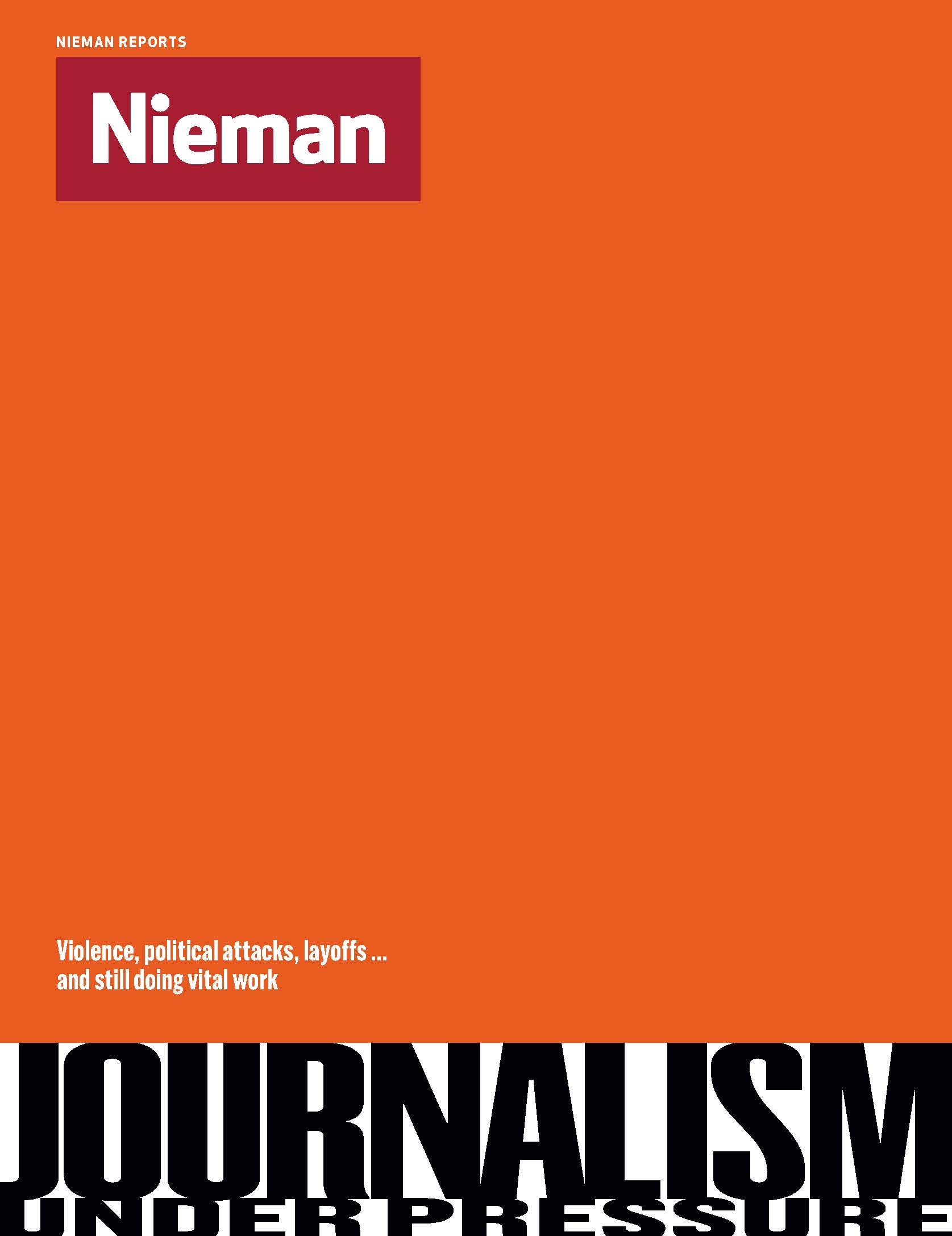It’s odd that we forget people in our reporting. We’re people. Everyone around us is a person, however annoying their habits might be. People want to know about people; gossip and curiosity are some of our default settings. Yet we keep publishing stuff that is devoid of humans. I do it. I imagine you’ve done it, be that in the form of journalism or an annual report.
This is a particular problem in my beat as an environment reporter. It means we quite literally talk about the end of the world but get little in response. In a bid to fix this, I’ve written this thing to talk through my process and why I think basing reporting around actual people is so important.
I’ll go chronologically.
I grew up in the sort of communities that we rarely cover. Places one petrol tank too far away from the big city for media to get to. In Southern Africa—my home—this means most everywhere gets left out of the narrative of how things are unfolding this century.
My family didn’t have television. The BBC’s World Service was our daily news. In eSwatini—the speck of a kingdom that you might know as Swaziland—and in Botswana, our luxury would be buying the weekly paper. Back then South Africa’s Mail & Guardian came with inserts from The Guardian and Le Monde. These gave a sense of the global and national, with attempts at getting into communities.
I didn’t read these. They were boring and my focus was on the important stuff of childhood: tasting soil and breaking bones. Family pictures taken from dad’s ever-present Nikon from the early ’90s capture an image of someone perpetually naked and outside.
In writing my own narrative, one day, I will label this as the roots of my environment reporting.
Life at this stage was spent in the community, in the villages of Bokaa and Pitsane in Botswana. In that part of my continent, the philosophy of ubuntu guides how we relate to people. It holds that we are who we are because of others. The giddy grasping at me-centered American capitalism is destroying this, but at that point it meant kids wandered around, congregating at whichever house had the best grub.
Kids were to be seen and heard. This meant I went with my parents on projects (they worked with communities to develop things such as water projects). The with here is important. Much Western aid fails because it is imposed. Well-meaning people with funding decide what communities need and build it. They don’t listen to what the community wants.
My parents listened. My first two decades therefore cemented this idea that you listen to people and hear what their take on things is. It also meant I played with the washers and spanners of development, seeing cement cast and boreholes drilled.
In environment journalism, we refer to this intersection of people and their environment as brown issues. That is to make some sort of distinction that there is a realm of environment where people are not involved. We talk about green issues when referring to the natural world and other species.
In South Africa—where I went to university to study journalism—brown issues are all-important. The apartheid government forced non-white people to live in areas where the environment was broken and could not carry so many people. Extractive capitalism replaced this model when free elections saw a transition in 1994, with little change for many people.
People born into this “free” South Africa still live downwind of factories that splutter sulphur over their communities, and power plants that ensure they have chronic asthma.
Environment journalism all-too-often fails to show this reality. Too many of us are based in cities, are white and middle class. We gravitate toward environmentalists because they want to make the world a better place. We report what we know.
At the same time, newsrooms are cutting full-time beat reporters. At this point there are maybe a handful in secure positions in South Africa. A handful for a big country with nearly 60 million people and a future rendered very uncertain by the changing climate. That means stories fall to overwhelmed general reporters, who take press releases from environmental organizations and rewrite them as news. Those organizations get their funding—and direction—from Western donors, who care most about green issues.
This ends up being a journalism about issues, events, and other news hooks. The most obvious example of this is the continued slaughter of rhino for their horn, with 1,000 killed a year. This dominates reporting. Middle-class readers want to know more so the media provides for this small segment of the population that pays for journalism. Other issues get crowded out.
In 2011—after a year interning at the Mail & Guardian—my editor asked me to help change this, by taking up the position as the paper’s environment reporter. My focus would be on getting to communities that are out of the way and do not find themselves represented in the media.
Thanks to my childhood, I threw myself into this. Stories would be about people and their lives. In each case, this could then link to a wider issue. So a village choking thanks to a power plant would be a way to talk about local air pollution and the carbon emissions that drive global warming.
Many other environment reporters follow a similar route. But our industry could use more. This is why stories about global warming, floods, and all forms of catastrophe struggle to resonate. This is why it feels like we’re shouting into a void.
Let’s fix that and go back to telling people about people.
Correction: The use of “environmental” in this article in reference to journalism was changed to “environment.” This is to reflect the author’s concern that “environmental” implies journalists who are environmental activists. “Environment” refers to the beat.



